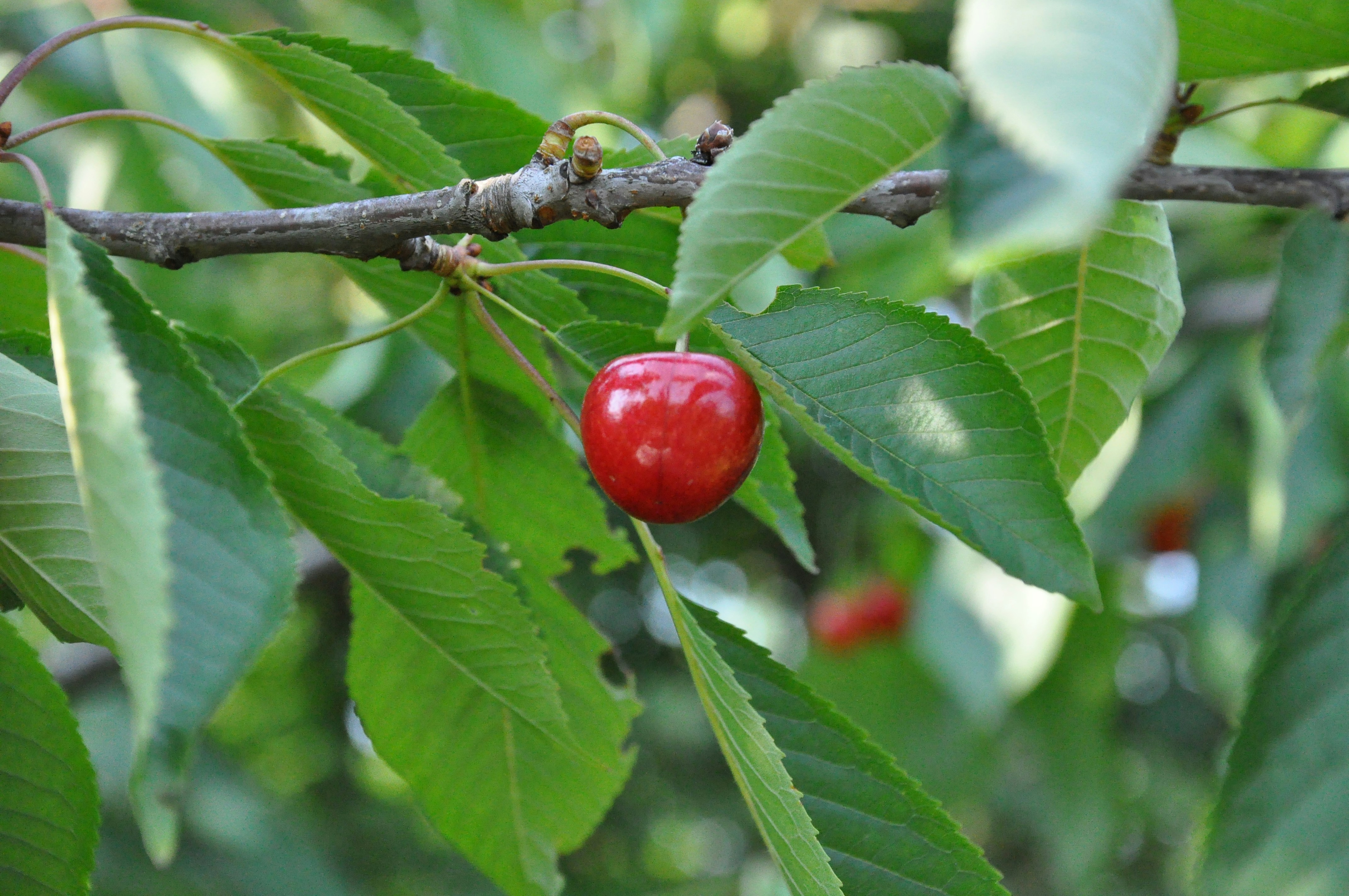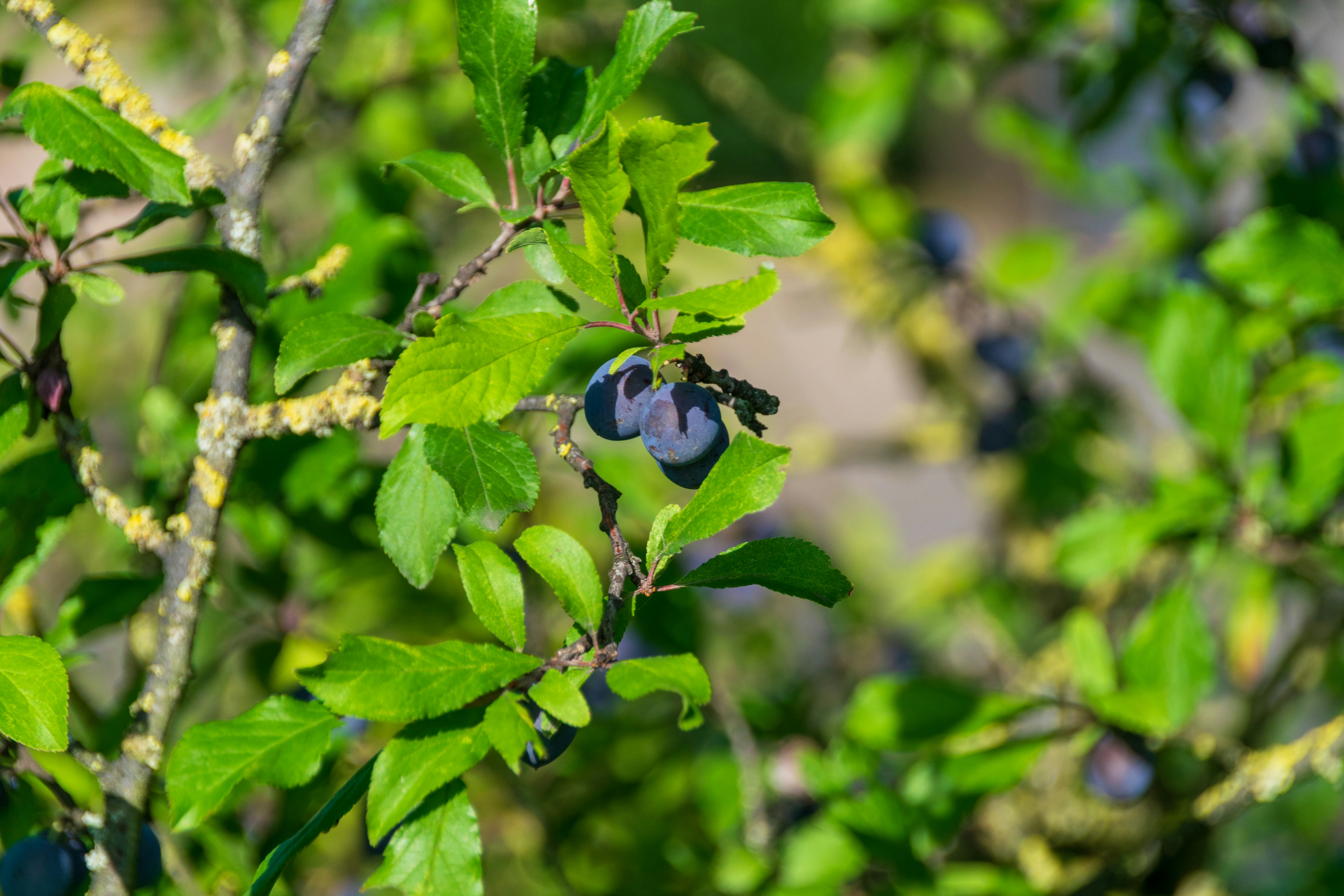Oakberry’s Texas Power Play: 100-Unit Deal Sparks a Coast-to-Coast Push
Oakberry inks a 100-unit exclusive in Texas with Rand Group, kicks off in 2026 across Austin, Dallas, and Houston, and leans on a $67 million Series C to scale a nationwide pipeline now topping over 250 U.S. stores.

A Texas-Size Trigger
Oakberry just flipped the switch from presence to scale. The Brazil-born açaí bowl and smoothie brand signed a "100-unit" franchising agreement with Rand Group, granting "exclusive rights" to develop and operate across Texas. First stores land in "2026," opening in Austin, Dallas, and Houston. The real play isn’t just store count—it’s placement: high-traffic, high-visibility venues near universities, fitness and wellness hubs, and sports and lifestyle destinations. That scope instantly reshapes Oakberry’s U.S. trajectory. The commitment lifts the national development pipeline to "over 250" planned locations, signaling a move from testing pockets to multi-state execution. Think of Texas as the fulcrum: one metro-rich state carrying the weight of brand density, operational rhythm, and awareness for everything that follows. It’s bold. It’s focused. And it’s exactly the kind of concentrated bet that can turn a trendy snack into an everyday habit. Analysis: The Texas agreement’s size and exclusivity point to a deliberate shift from toe-dipping to full swim, using a single, metro-dense state as the operational lever for broader U.S. growth.
Built Abroad, Aimed Stateside
Oakberry didn’t sprint into the U.S. without reps. The brand first entered in "2018" in Orlando and now runs "more than 50" locations across Florida, New York, Massachusetts, Colorado, Wisconsin, Washington, California, and Hawaii. Globally, it’s operating at scale with "approximately 900" locations in "45" countries—proof the format travels and the playbook repeats. So why Texas? As CMO Bruno Cardinali emphasized, the state’s sheer size, its cultural embrace of active, on-the-go living, and its sizable urban demographics add up to prime ground for a thriving, scalable business. Texas isn’t just large; it’s a lifestyle match for açaí bowls and smoothies designed for health-minded, convenience-seeking consumers. That fit matters when you’re choosing where to build real density. The takeaway: momentum meets market alignment. Texas offers the traffic, the campuses, and the wellness corridors where this concept clicks. Analysis: An established U.S. footprint paired with Texas’s lifestyle-aligned consumer base makes the state a logical next step for density; Oakberry appears to be leaning on international scaling experience to accelerate in a high-reward market.

The Playbook For 2026
Under the exclusive development agreement, Rand Group will deploy Oakberry across Texas beginning in "2026" with first waves in Austin, Dallas, and Houston. Target corridors are clear: high-traffic, high-visibility zones near universities, fitness and wellness hubs, and sports and lifestyle destinations. That’s not random—it’s a laser at the brand’s core audience. The format centers on customizable açaí bowls and smoothies, tuned to consumer preferences for healthful, convenient, snackable choices. Put those in a campus-adjacent strip or a gym-heavy district and you’ve got a fast path to trial. When the right customer sees you often, habit forms quickly. That’s how you unlock repeat visits without shouting. Expect a rhythm that chases visibility, then familiarity. The brand is betting that where people sweat, study, and watch games, they’ll also grab bowls. Big win if the placement sticks. Analysis: Concentrating openings in dense, lifestyle-oriented corridors maximizes early visibility and speeds trial; adjacency to campuses, fitness, and sports should help Oakberry quickly find its core consumer in each metro.

Capital That Moves Stores
The U.S. push rides on a sturdier balance sheet. In "2024," Oakberry closed a Series C round of "$67 million" led by BTG Pactual to accelerate U.S. growth—capital built for speed, site work, and market entry. Earlier data pointed toward scaling from "around 35" U.S. stores to "over 200 by 2026," a trajectory that snaps into place with today’s larger pipeline and the Texas anchor. There’s more under the hood. Prior raises include a "$17.3 million" private round in "2021" and a "$10.3 million" green Agribusiness Receivables Certificate in "2022" to fund sustainably sourced açaí. The Series C was described as aligned with BTG Pactual’s impact-focused investment strategy in ESG-conscious ventures. Translation: growth funding linked with supply practices that can keep the bowl full as the map fills in. Money alone doesn’t guarantee momentum, but a well-financed ramp paired with supply integrity cuts friction as units stack up. Analysis: Fresh equity and previous sustainability-linked financing position Oakberry to match development velocity with supply chain discipline, smoothing the jump from dozens to potentially hundreds of U.S. units.
Crowded Field, Clear Lane
Texas doesn’t hand out easy wins. Other franchisors are scaling aggressively, including Layne’s Chicken Fingers with a "44-store" deal, and legacy names like White Castle are entering Texas markets. Competition will be real in cities where attention and real estate run hot. Demand isn’t static, either. Chains such as Jack in the Box and Wingstop reported softer performance in Texas this year as Hispanic consumer spending declined. That’s a reminder that even strong states swing with demographic shifts—and that reading the room is crucial as you roll. Oakberry’s edge is its health-forward positioning and precise venue strategy. The more it can target on-the-go customers where wellness and activity cluster, the more daylight it finds—even when spending gets choppy. Analysis: The brand’s product and placement could carve a differentiated niche, though spending volatility among key segments argues for measured pacing, tight read-and-react, and localized marketing in each metro.
Beyond Texas, Onward
Texas is the accelerator, not the whole engine. Oakberry is already active across the U.S., with locations in Florida, New York, Massachusetts, Colorado, Wisconsin, Washington, California, and Hawaii. The broader pipeline now tops "over 250" stores nationwide—so while Texas gets the spotlight, the brand is building a coast-to-coast footprint in parallel. Global credibility backs the sprint. With "approximately 900" locations across "45" countries, Oakberry brings operating knowledge to support scaling at speed. That matters when supply, training, and real estate decisions stack up—experience reduces errors and trims the learning curve. It’s a dual-track approach: anchor in a state that can deliver density while distributing growth to mitigate overexposure. Analysis: Diversification across states lowers single-market risk, while Texas offers the density to drive awareness and operational efficiencies that can spill over to other regions.

What’s Still Unstated
Some gears haven’t been named yet. The disclosures don’t list specific sites, unit counts per metro, staffing plans, or year-by-year cadence for Texas openings starting in "2026." Terms beyond exclusivity for Rand Group are not detailed, and there’s no breakdown of how the "$67 million" will be allocated by market or format. None of that is unusual at this stage. Early development announcements often come before the block-and-tackle specifics are finalized. The key will be phased planning, local market testing, and maintaining supply continuity as the team translates statewide rights into store-by-store wins. Call it the unglamorous side of growth: the schedule, the staffing, the supply. Nail those and the map fills in cleanly—miss them and momentum stalls. Analysis: These omissions are typical in a long-horizon rollout and underscore the need for disciplined phasing, local validation, and supply planning as Oakberry and Rand Group turn a statewide mandate into daily operations.

From Footprint To Force
Put the pieces together and the intent is clear: a "100-unit" exclusive in a high-growth state, a U.S. pipeline of "over 250" planned locations, and a capital stack led by a "$67 million" Series C. The first Texas openings in "2026"—near universities, fitness and wellness hubs, and sports and lifestyle destinations—align product with placement, while earlier sustainability-linked funding supports the brand’s açaí supply strategy. Winning from here is about translation. International playbooks need local edits, and Texas demand will move with the market. The good news: anchoring in Texas while building nationally gives room to adapt and iterate without over-betting on a single corridor. The lesson is simple and strong—pick a state with scale, place the product where the lifestyle already lives, back it with capital and supply discipline, then iterate fast. Do that and this move isn’t just big; it’s worth the trip. Analysis: Success hinges on execution under variable Texas conditions and on localizing a proven global model; the Texas anchor plus distributed national build offers flexibility to adjust while scaling.